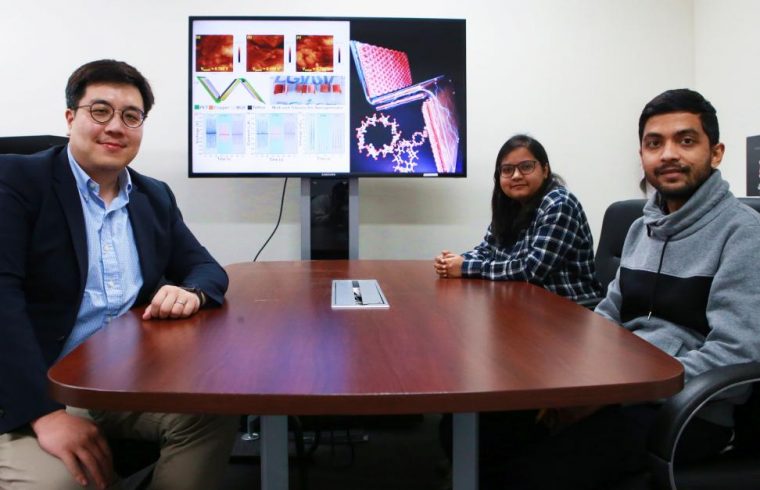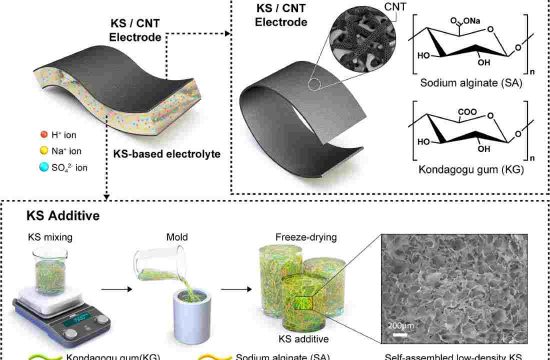
Scientists have used a compound made from a starch derivative and baking soda to help convert mechanical to electrical energy.
Scientists at Daegu Gyeongbuk Institute of Technology (DGIST), with colleagues in Korea and India, is cost-effective and biocompatible, and can help charge low-energy electronics like calculators and watches., according to statement. “The details were published in the journal Advanced Functional Materials.“
A tiny device incorporates a compound made from starch and baking soda to harvest energy from movement.
“Triboelectric nanogenerators harvest mechanical energy and convert it into an electric current,” explains DGIST robotics engineer Hoe Joon Kim. “But many of the materials used in these devices are considered a biohazard and are not suitable for wearable applications. Our triboelectric nanogenerator incorporates cyclodextrin, a green material that is widely used for drug delivery in the human body, making it eco-friendly and hazard-free.”
Cyclodextrin is a polysaccharide compound produced from starch. The scientists used it to link sodium ions together in what is known as a metal-organic framework (MOF). MOFs form porous materials widely used in gas storage, catalysis and sensing.
Specifically, Kim and his team applied ultrasound to a mixture of cyclodextrin and sodium bicarbonate in water. They then added trimesic acid and applied another short round of ultrasound. The process happens at room temperature and leads to the formation of a MOF made of sodium ions linked together by cyclodextrin bonds.
The team incorporated the MOF into a nanogenerator by coating it onto a copper electrode, which sits on a plastic polyethylene terephthalate (PET) base. Opposite to the MOF layer is a Teflon layer placed on a second copper electrode that is also stuck to a PET sheet. The two sides of the nanogenerator open and close in response to movements, such as walking or jogging. Each time the MOF makes contact with the Teflon, electrons are exchanged and an electric current is generated. This process is called the triboelectric effect.
The team tested the device by attaching it to a shoe, a backpack, and a person’s knee and abdomen. They found it could harvest mechanical energy from walking, jogging and bending, and even from some typical yoga moves. The device was able to drive low-power electronics like a digital wristwatch, a hydrometer and a calculator.
“Our MOF extends the list of triboelectric materials,” says Kim. He and his team plan to continue looking for biocompatible materials that can be used in wearable applications. They are also working on developing super capacitors that can store energy generated from triboelectric nanogenerators.
“Using the nanogenerator and super capacitor together, we believe we can develop next-generation energy systems for wearable electronics, biodevices and robots,” he says.








